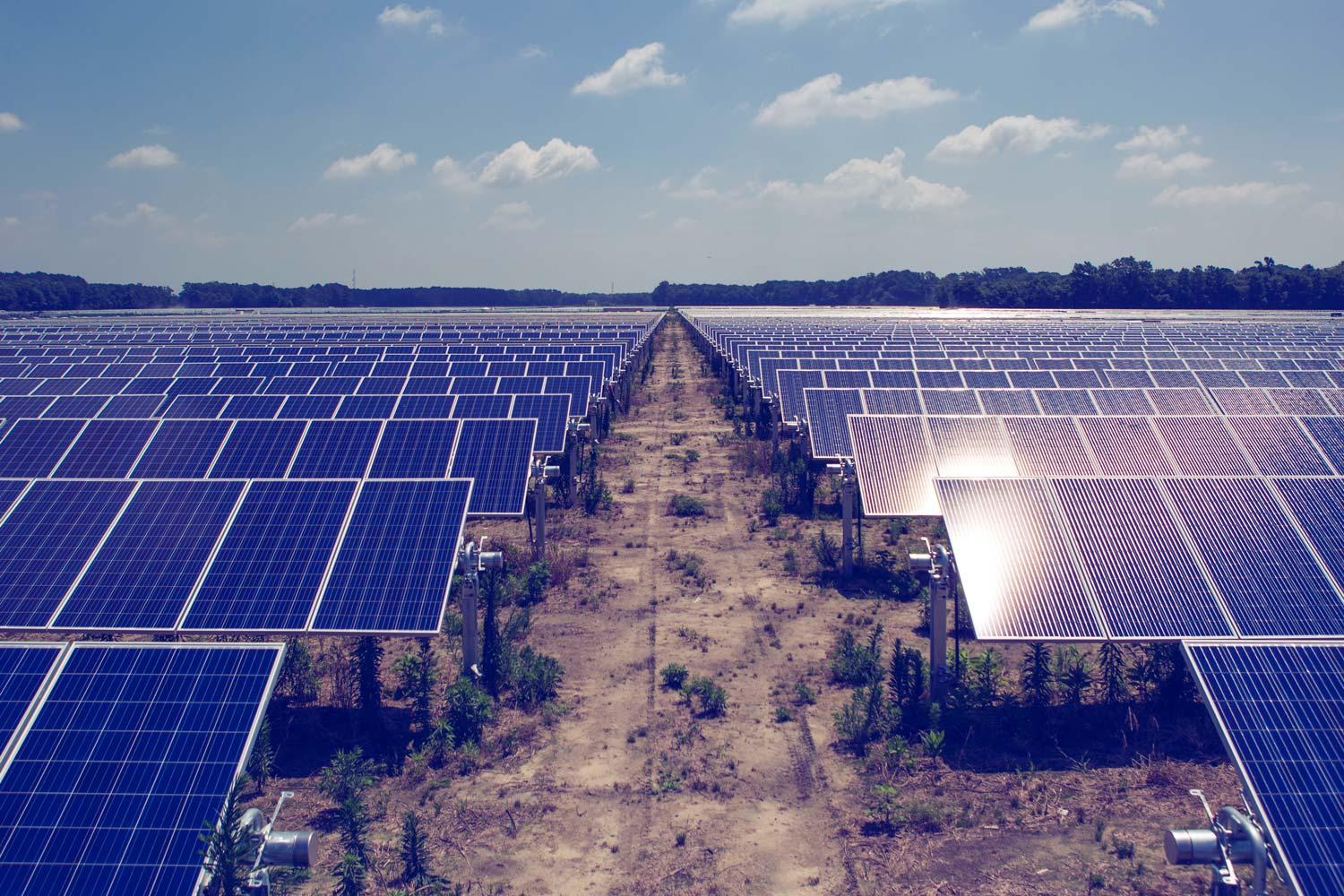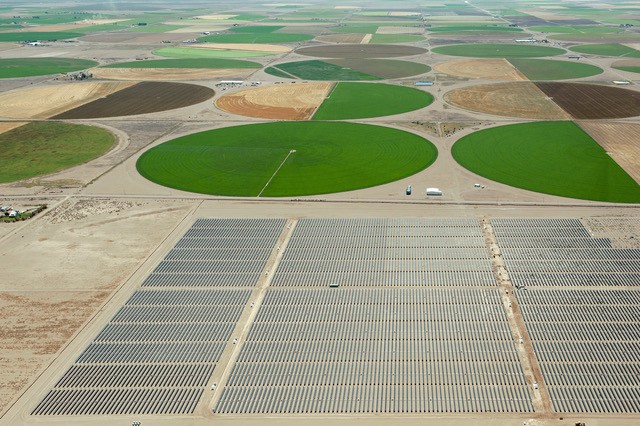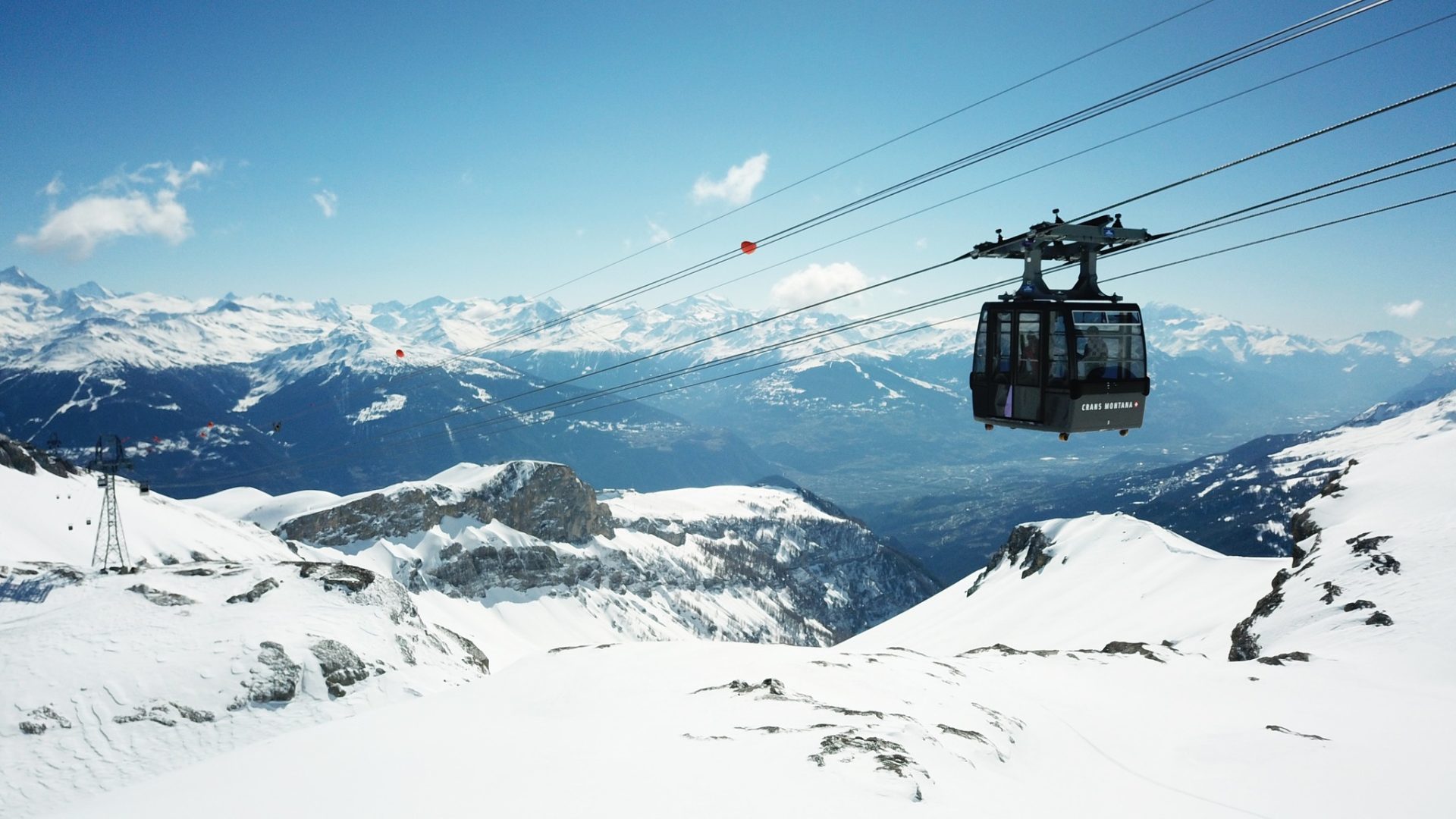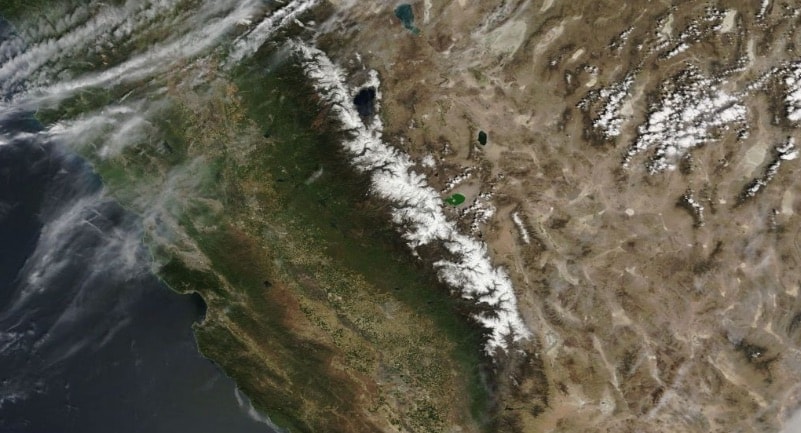
Wolf Creek Ski Area, located in Pagosa Springs, Colorado, has recently become the first ski area in the US (and potentially the world) to run purely on solar energy. The resort has been a leader in sustainable business practices for the past 11 years. Wolf Creek hails as one of the snowiest resorts in Colorado, and draws this solar energy from one of the sunniest and driest places in America- Saguache County, just 50 miles from the ski area.

The Penitente Solar Project was constructed by Renewable Energy Systems, a global leader in the development, construction, and operation of solar, energy storage, wind, and transmission projects. The project began producing power at the end of 2017 at 7,000 megawatt-hours per year. Wolf Creek requires about 1,000 of those megawatt-hours, and will have the option to use wind energy when the weather is overcast. The solar panels are on a tracking system that allows them to follow the path of the sun.

A 70% drop in the cost of solar (since 2010), an increase in pollution tax on coal power, and his belief that an activity such as skiing should be “green” led Wolf Creek CEO Davey Pitcher to make the move towards renewable energy and reach out to San Luis Valley Rural Electric Cooperative (SLVREC) to make the project happen. According to SaveOurSnow.com, many of the world’s leading ski areas run off of 100% renewable energy such as hydro and wind power, and some even generate their own green power. Several indoor ski areas in the Netherlands and Germany have come close to running on 100% solar with solar panels on the roofs of the resorts, but Wolf Creek has been the first to successfully achieve this.
Many more resorts are making plans to move towards using 100% renewable energy sources, including Squaw Valley-Alpine Meadows in California, who aims to get there by the end of 2018 with the installation of Tesla batteries.
Wolf Creek Press Release:
Wolf Creek Ski Area, Colorado – Goes Solar!
It’s a busy Spring Break week at Wolf Creek Ski Area in Southern Colorado; eight chairlifts are busily spinning full of skiers from Texas, Oklahoma, New Mexico and Colorado. The anomaly is the source of power that makes the ski area tick along. Unlike all other ski areas, the energy used is generated by the sun! The entire operation, lifts and buildings, came on line with the Penitente Solar Project, this November 2017 and will continue for many years into the future. The expected operational lifetime of the project is over 25 years.
Wolf Creek Ski Area has been a leader in the ski industry of sustainable business practices for the past eleven years. Since 2006, Wolf Creek, at a greater expense, has purchased 100 percent of its winter and summer use with wind offsets.
Davey Pitcher, CEO and Wolf Creek’s area manager, in cooperation with Loren Howard, president of the San Luis Valley Rural Electric Cooperative, SLVREC, met and discussed the possibility of a Solar Farm in the sunny San Luis Valley. The Penitente Solar Project came into realization when SLVREC purchased 25 acres of land and then negotiated a long-term power purchase agreement with Renewable Energy Systems, RES. RES, one of the top renewable energy companies in North America, constructed, and now operates and maintains the distribution of the solar photovoltaic system in South Central, Colorado. The site was chosen for its sunny, unobstructed location less than a half of a mile to the existing La Garita Substation. This Substation provides direct power to Wolf Creek Ski Area, the largest consumer of power in the San Luis Valley in the fall and winter months; with both night and day use.
The land that was purchased is 25 acres of arid land located in the center corners of a pivotal irrigation system in Saguache County. Penitente Solar is a 2.75 AC megawatt ground-mounted solar project equipped with a single-axis tracking system. SLVREC, the second oldest cooperative in Colorado, purchases the output from RES to serve customers residing in Saguache, Rio Grande, Costilla, Alamosa, Conejos, Mineral and Hinsdale counties.
The Penitente Solar Project provides SLVREC members access to renewable energy, which is locally generated and cost effective. The name of the project is sourced from the Penitente Canyon which is a beautiful, small canyon on Bureau of Land Management, BLM, lands located in the San Luis Valley – south central, Colorado. The area is primarily a sport climbing destination. The canyon got its name from Los Hermanos Penitentes, a Spanish religious “secret” sect that favored Pentinente Canyon for its solitude in the 1880’s.
The solar panels articulate following the path of the sun; the entire operation is automated refining optimal positioning for the most effective solar gain. Visiting the site is a peaceful experience; the only sound is a hum, which comes from a huge power converter that turns the DC power into AC. The annual output of the solar plant is approximately 7,000 kilowatt hours of which Wolf Creek uses about 1,000 kilowatt hours per year.
Wolf Creek Ski Area is proud to be working with the San Luis Valley Rural Electric Cooperative and strives to implement sustainable business practices in all facets of ski area operations.
This is a busy week for Wolf Creek Ski Area and neighboring towns. Conditions are excellent with a 61” midway base. This season had a slow start with unseasonal warm and dry weather of November, December and January. February saved the season bringing winter back with 106” for the month. The ski area is 100 percent operational with all lifts running – all powered by sunny South Central, Colorado!





Always cracks me up seeing people argue in favor of pollution that literally poisons their own families.
Grid-tie is the phrase some of you commenters are looking for. Solar puts more into the grid than the resort uses. Other businesses and homes use that extra instead of coal/gas electricity during the day. At night, the resort uses coal/gas energy but never exceeds the amount that solar reduced the coal/gas burned. This will go over the head of simpletons.
Of all the claims that solar is the way to go…. Don’t believe it. Some day maybe, but not yet. They hide all the incidental costs and claim full power even when sun is low and output of system is low. If solar was so cost effective and perfect,,, it wouldn’t need to be government subsidized! One day though… with better cells, and better storage.. and better incidental devices to help … it will be worthwhile. Just not yet. There was recently a Billion Dollar system that went broke that we taxpayers paid for. And those subsidies… we taxpayers pay for those too.
What do the snowmobiles run on ?
Chair lift backup power ? Snowplows?
Snowblowers?
Natural gas or propane is way more efficient to heat water and cook with
Than electricity.
It’s misleading to say that they are %100
Solar . Chairlifts use the bulk of energy
At ski resorts so yes they run on electricity, but most of the other equipment runs on gasoline or diesel.
This is absolutely not true. What happens at night when the sun does not shine. Where does the power come from?
Did you read the article? It says “and will have the option to use wind energy when the weather is overcast.” I assume wind blows during the night, which they can draw from. It also produces 7,000 mega-watts per hour, but only consumes 1,000 MW/hour…so it more than offsets it.
That is exactly my point. The article says purely solar which is not true. Also, the wind does not always blow at night so they can’t always use wind power either. What they should be saying is that they are buying solar and wind credits meaning they are paying a higher price for electricity to support the solar and wind projects which is good. However, when the sun is not shining and the wing isn’t blowing they are using electricity made from fossil fuels.
Solid points. This article gained it’s information from the Wolf Creek press released that has been added to the article.
thanks,
miles
Let me further say that what Wolf Creek is doing is outstanding. They are paying higher than the market rate for electricity in order to support solar power and reduce using fossil fuels. They should be applauded for this.
They don’t have night skiing
Are they going to run their sno-cats on
Electricity ?